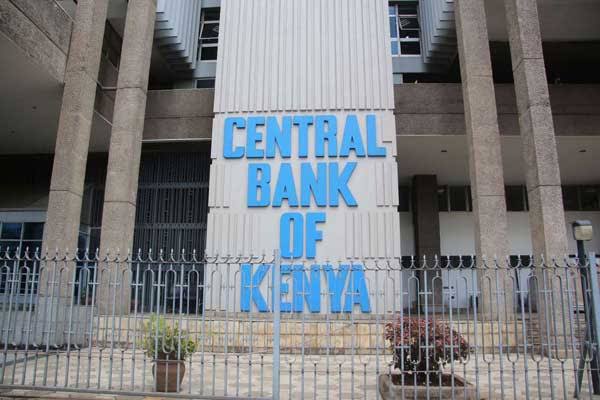The Central Bank of Kenya (CBK) has proposed new rules that would cap the cost of person-to-person mobile money transfers, a move that could cut into the revenues of Safaricom’s M-Pesa and Airtel Money while easing the financial burden on millions of users.
Through the Kenya National Financial Inclusion Strategy 2025–2028, the regulator is targeting to bring down the average cost of mobile money transactions from Sh23 in 2024 to Sh10 by 2028.
Currently, some transactions attract fees as high as 6.9 percent of the amount sent—far higher than bank charges for similar services.
The CBK plans to work closely with telecom operators and Parliament to achieve more affordable and transparent digital financial services. Safaricom’s M-Pesa dominates the mobile money market, handling more than 90 percent of transactions, making the proposed fee caps a major development for the industry.
According to the CBK, usage of mobile money services has reached a plateau, partly due to the high cost of transactions.
“Recent data shows signs of plateauing growth in mobile money access and usage. Most users still rely primarily on basic services like person-to-person transfers, with limited uptake of advanced offerings such as digital credit, insurance, or savings,” the CBK says.
“This is attributed to issues such as limited interoperability, high transaction costs, low financial literacy, and product designs that do not reflect the realities of underserved groups.”
Unlike banks, CBK has not previously enforced uniform caps on mobile money fees.
The last major intervention came in March 2020 at the start of the Covid-19 pandemic, when charges on transfers of up to Sh1,000 were waived to discourage the use of physical cash. Between March 2020 and December 2022, telecoms and banks also scrapped charges on transfers between mobile wallets and bank accounts.
When charges returned in 2023, they were lower than pre-pandemic rates. The fee waivers had driven rapid adoption, with active users increasing by more than 6.2 million. Monthly transactions rose from 162 million worth Sh234 billion to 440 million valued at Sh399 billion.
Currently, pricing of mobile money is guided by principles such as affordability, fairness, transparency, competition, and consumer choice. “Provision and pricing of services in a manner that is proportional to low-value and other ‘public good’ related payments. Pricing policies need to strike a balance between short-term commercial targets and long-term sustainable growth,” the CBK notes.
M-Pesa charges up to Sh108 for person-to-person transfers ranging from Sh20,001 to Sh250,000. Transfers to other registered users are charged at the same rate. Airtel Money has waived fees for transactions within its network but applies between Sh6 and Sh105 for transfers to other networks.
Person-to-person transfers remain the backbone of mobile money revenue. In the 12 months ending March 2025, they accounted for 39.1 percent of M-Pesa’s income—equivalent to Sh62.9 billion out of a total Sh161.1 billion.
The CBK describes mobile money as a powerful driver of financial inclusion, lifting access from 27 percent of adults in 2006 to 82.3 percent in 2024.
“It has enabled low-income groups, especially women, youth, and rural populations, to access essential financial services, including payments, savings, and credit, often without needing a traditional bank account,” the CBK says.
“It has also played a significant role in supporting micro and small enterprises, expanding access to remittances, and enhancing household resilience.”
Data from the Communications Authority of Kenya shows mobile money subscriptions stood at 47.7 million by June 2025, representing a 91 percent penetration rate compared to 77.3 percent a year earlier.
The rise has been driven by efforts to close financial inclusion gaps among the unbanked.
The 2024 FinAccess Survey found that mobile money remains the leading channel for financial transactions in Kenya, ahead of banks, informal groups, insurance and saccos. But growth in usage has slowed in recent years, rising from 19.9 percent in 2019 to 22.2 percent in 2021 and then to 23.2 percent in 2024.
“By adult population, mobile money and banks serve the largest number of consumers, reaching 23.2 million and 14.8 million users respectively. This dominance reflects mobile money’s intermediary role as the primary digital financial service for Kenyans, followed by banks with steady growth,” the FinAccess Survey notes.
